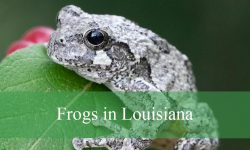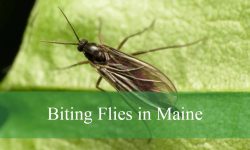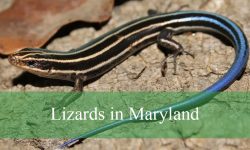Florida’s warm, humid climate creates the perfect environment for many types of biting flies that can cause discomfort and even health risks. From the coastal beaches to the inland wetlands, these insects thrive in diverse habitats and are often difficult to avoid. Their presence is not just a nuisance but can impact both residents and visitors who spend time outdoors.
Among the many biting insects in Florida, some stand out as particularly dangerous due to their painful bites and aggressive behavior. These flies can inflict swelling, itching, and allergic reactions, making outdoor activities challenging during peak seasons. Their ability to swarm in large numbers further increases the severity of encounters.
Understanding the most common and harmful species is key to protecting yourself from their bites. By recognizing their appearance, habitats, and behavior, you can take preventive steps and reduce your chances of being bitten. This guide explores the most dangerous biting flies in Florida and offers insight into their impact and control measures.
Types of Biting Flies Found in Florida
Horse Flies (Tabanidae family)
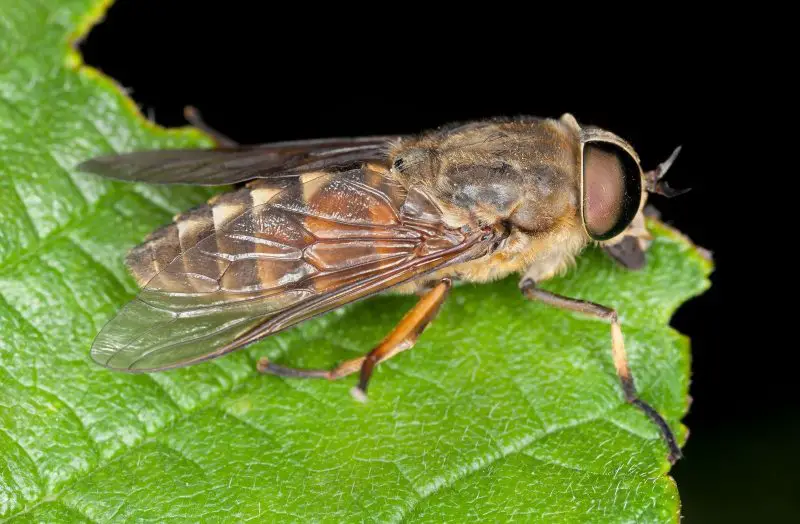
Horse flies are among the largest biting flies in Florida, often measuring up to an inch in length. They have stout bodies, large compound eyes that sometimes show iridescent colors, and strong wings that allow fast flight. Their mouthparts are designed to slice through skin, which makes their bites extremely painful. Female horse flies are the blood-feeders, while males typically feed on nectar.
In Florida, horse flies are common in wetland environments, coastal marshes, and areas close to rivers or lakes. They are most active during hot summer months and are attracted to movement, dark colors, and carbon dioxide. Their aggressive swarming behavior makes them a nuisance for both people and animals. Because of their strong flight abilities, they can follow targets over long distances.
The bite of a horse fly is more than just irritating—it can lead to significant swelling, bleeding, and prolonged pain. Some individuals may develop allergic reactions, while animals can become restless and stressed due to repeated attacks. Horse flies are also known to transmit certain animal diseases, though human transmission is less common.
Controlling horse flies in Florida can be challenging, as they breed in moist soils and wetlands. Repellents provide only limited protection, and protective clothing is often recommended when spending time outdoors in infested areas. Traps and habitat management may reduce their numbers, but complete elimination is rarely possible.
Deer Flies (Chrysops species)

Deer flies are smaller than horse flies, usually about a quarter of an inch long, but their bites are just as painful. They are recognized by their patterned wings and brightly colored eyes, which can appear gold, green, or speckled. Like horse flies, it is the females that bite to obtain blood needed for reproduction. Their rapid, darting flight makes them hard to swat or avoid.
In Florida, deer flies thrive in wooded swamps, marshy areas, and near streams or ponds. They are especially active during the late spring and summer months, with populations peaking on hot, humid days. Deer flies are daytime biters and tend to target the head, neck, and shoulders of people and animals.
Their bites are sharp and immediate, often leaving red welts and intense itching. For some people, bites can cause allergic reactions such as hives or dizziness. Like horse flies, deer flies are capable of transmitting parasites and pathogens to animals, though their impact on humans is more related to discomfort and potential allergic effects.
Preventing deer fly bites is difficult, since repellents are not always effective. Wearing light-colored clothing and protective head nets can help reduce attacks. Outdoor enthusiasts in Florida often report that these flies are most aggressive near shady, wooded trails, making it important to plan outdoor activities with precautions in mind.
Sand Flies / Biting Midges (Ceratopogonidae family, “No-see-ums”)
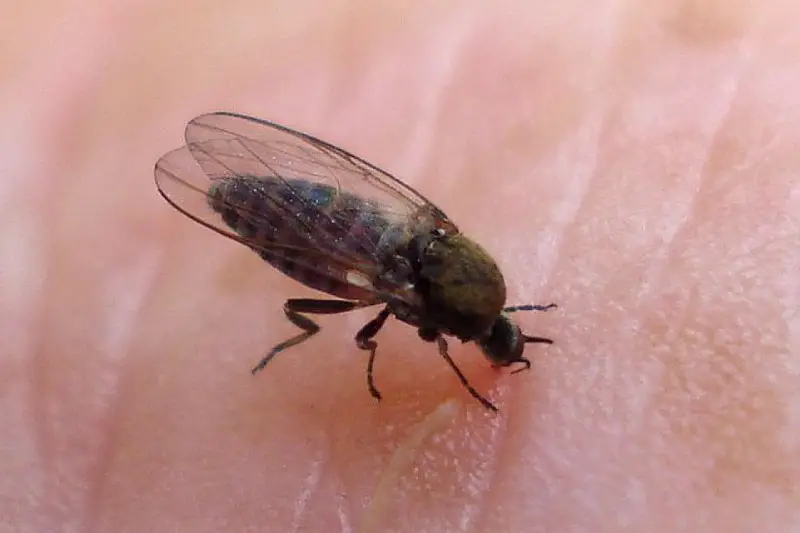
Sand flies, also known locally as biting midges or “no-see-ums,” are tiny insects barely visible to the naked eye, usually less than 1/16 of an inch long. Despite their small size, they deliver disproportionately painful bites. Their delicate wings and humped thorax make them identifiable under magnification, but to most people, they appear as swarming specks.
In Florida, sand flies are most abundant in coastal regions, mangroves, and marshlands. They are notorious along beaches at dawn and dusk, where humid conditions allow them to thrive. Their small size allows them to pass through normal window screens, making them a common nuisance both outdoors and indoors.
The bites of sand flies cause immediate itching, often followed by clusters of red welts that can persist for days. Some individuals develop stronger allergic reactions, with intense swelling and blistering. Because of their tendency to attack in swarms, even a short time outdoors can result in dozens of bites. In tropical regions worldwide, sand flies are known to transmit diseases, though in Florida they are primarily a source of irritation.
Managing sand flies in Florida requires both environmental and personal strategies. Fine mesh screens, insect repellents containing DEET, and protective clothing can provide some relief. Many residents and visitors avoid outdoor activities at dawn and dusk during peak midge season, as this is when they are most aggressive. Coastal winds can sometimes offer natural protection, as these tiny flies are weak fliers.
Black Flies (Simuliidae family)
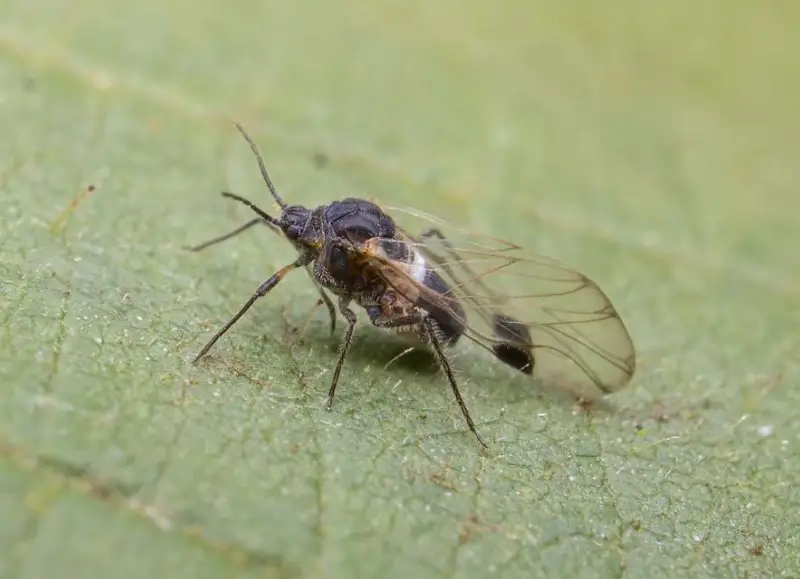
Black flies are small, dark-colored insects, usually less than a quarter of an inch long, with a distinctive humpbacked appearance. Despite their tiny size, their bites are very noticeable and often painful. They have short antennae and broad wings, which allow them to hover in swarms around humans and animals. Only females bite, as they require blood to develop their eggs, while males feed on nectar.
In Florida, black flies are most commonly found near fast-moving rivers, streams, and creeks where they lay their eggs. They thrive in clean, oxygen-rich water, which makes certain parts of northern Florida more favorable for their populations. Black flies are generally most active during the day, especially in the cooler hours of morning and late afternoon.
The bite of a black fly can cause sharp pain, itching, and localized swelling. In some individuals, multiple bites lead to a condition known as “black fly fever,” which involves headaches, nausea, and swollen lymph nodes. The saliva of black flies contains anticoagulants that trigger these strong reactions. While they are vectors of serious diseases in other regions of the world, in Florida their danger is mainly irritation and potential secondary infections.
Controlling black flies is challenging because they breed in running water. Insect repellents can help, though not all products are effective. Wearing long sleeves and light-colored clothing can reduce exposure. For outdoor enthusiasts in Florida, avoiding heavily infested riverbanks during peak black fly season is the most reliable strategy.
Stable Flies (Stomoxys calcitrans)
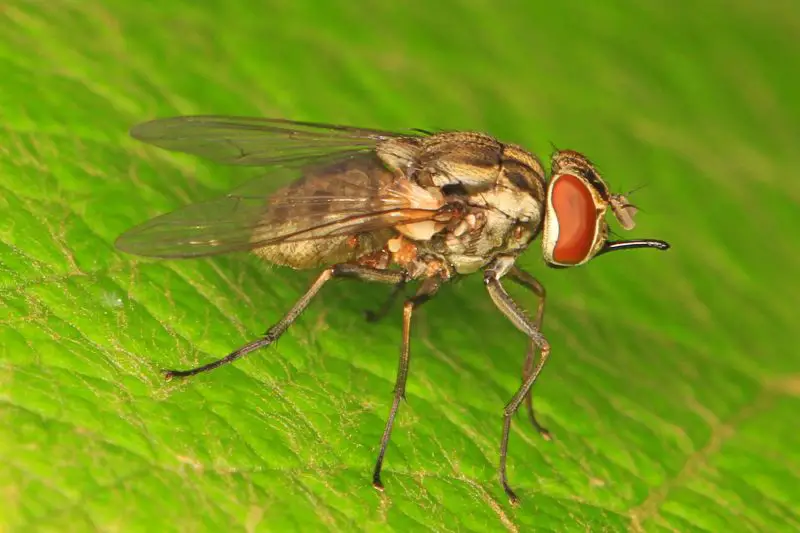
Stable flies resemble common houseflies but can be distinguished by their piercing mouthparts that project forward from their head. They are about a quarter of an inch long and have checkered abdomens. Unlike houseflies, which are nuisance insects, stable flies are aggressive blood-feeders and bite both humans and animals, often targeting the lower legs and ankles.
In Florida, stable flies are frequently encountered in coastal areas, near farms, and around livestock facilities. They breed in decaying organic matter such as seaweed, hay, and manure. Beaches along the Gulf and Atlantic coasts often report seasonal outbreaks when seaweed accumulates on the shore. These flies are persistent biters and can attack even on windy days.
The bite of a stable fly is sharp and painful, often compared to a pinprick. Victims may develop red, itchy bumps that linger for several days. Because stable flies feed repeatedly, they can cause significant distress to both humans and animals. Livestock in Florida suffer from reduced weight gain and milk production when attacked by large populations of stable flies.
Managing stable flies requires eliminating their breeding sites. Removing decaying organic material, improving waste management, and using insect traps are effective strategies. For personal protection, repellents offer some relief, but stable flies are known for their persistence. In heavily infested areas, many Floridians resort to wearing long pants and socks to reduce ankle exposure, where these flies prefer to bite.
FAQs about Dangerous Biting Flies in Florida
Are horse flies dangerous in Florida?
Horse flies in Florida are considered dangerous mainly because of their painful bites. While they are not a major disease threat to humans in the state, their bites can cause severe swelling, bleeding, and allergic reactions. They also pose risks to livestock, spreading stress and sometimes diseases among animals.
When are deer flies most active in Florida?
Deer flies are most active during late spring and summer, especially on hot, humid days. They are daytime feeders and often attack the head, neck, and shoulders of people and animals. In wooded or swampy areas of Florida, they can be a constant nuisance during outdoor activities.
What are no-see-ums in Florida?
No-see-ums are tiny biting midges, also known as sand flies. They are infamous in Florida’s coastal and marshy regions, particularly around beaches at dawn and dusk. Despite their small size, their bites are very itchy and often leave clusters of red welts that can last for days.
Do black flies bite in Florida?
Yes, black flies bite in Florida, especially near rivers and streams with clean, fast-moving water. Their bites are painful and can lead to itching, swelling, and in some cases mild allergic reactions. While they do not spread serious diseases in Florida, they can still cause significant discomfort.
Why are stable flies a problem on Florida beaches?
Stable flies become a problem on Florida beaches when seaweed accumulates and begins to decay, creating an ideal breeding ground. These flies target ankles and legs with painful bites, making beach visits unpleasant. Their persistence makes them one of the hardest biting flies to deter.

